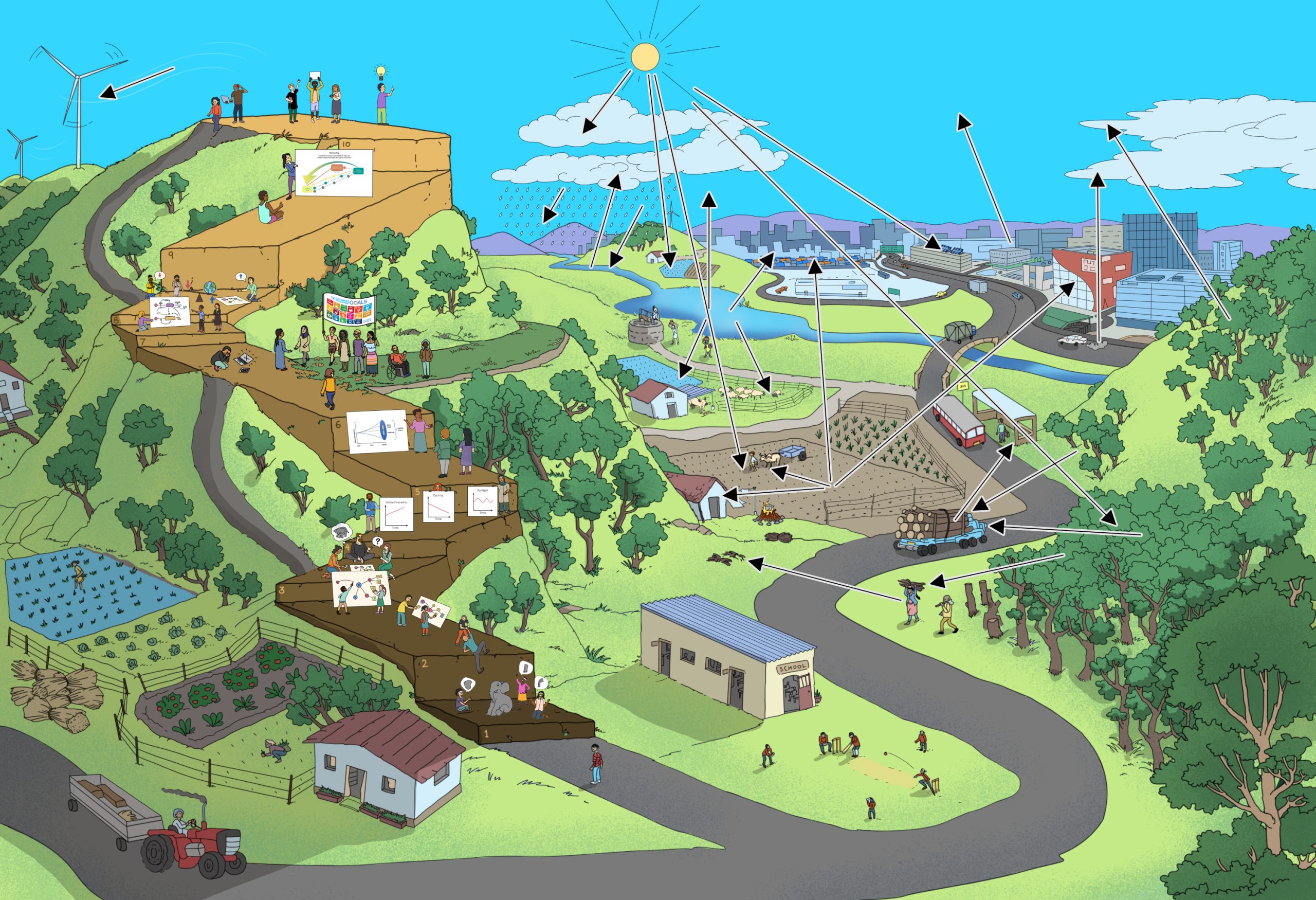Interview
Suitable for Steps 2 and 4, and possible to use in all the Steps
Duration
As per need
Material Needed
Writing materials
Group size
Groups of three
Objective
● Encourage learners to use their critical thinking skills.
● Give them chance to voice their own opinions.
● Encourage to question as well as generate answers.
● Enhance active listening skills.
Promote communication skills.
Description
- Assign a role to each learner: Interviewer, interviewee, note-taker.
- Rotate roles after each interview.
Have learners take turns sharing the information that they recorded when they were the note-taker
This is how the three-step interview process works:
| Steps | Interviewer | Interviewee | Reporter/ Note taker |
|---|---|---|---|
| Step 1 | Learner A | Learner B | Learner C |
| Step 2 | Learner C | Learner A | Learner B |
| Step 3 | Learner B | Learner C | Learner A |
The three-step interview strategy is a cooperative learning technique that focuses on developing learners active listening skills; helps to develop their note-taking skills, and the ability to share information with others.
The method is mainly three question-and-answer sessions, where one learner is the interviewer, and another is the interviewee. The third learner is expected to listen actively and take notes during the interview. The strategy is designed as a fun, cooperative-learning method to help learners become more engaged and interested in their learning.
Here are some tips to keep in mind:
- Questioning – Teachers should provide a general topic or main question around which the learners can form their “Interview” questions. E.g., Cotton Jeans or Potato Chips.
- Interviewing– Before sending learners into groups for the interview, they must first know how to interview. Try role playing with learners beforehand or show them a video of an interview to familiarise them with the process.
- Timing – After the interview is conducted, learners need time to share. The best method for timing is to set an alarm and when it goes off (time over), the learners know they have completed their task.
- Recording– Consider giving learners a record sheet to write down their notes and interview questions.
- Sharing– Learners take turns to share information obtained in the interview.
- Naming – It is desirable to have learners name themselves as A, B, C. For the first round, all of the As will be the interviewer, the Bs will be the interviewee, and the Cs will be the note-takers/reporters. Once the first interview is completed, learners rotate and the As get to be the interviewee, and so on (as shown in the Table).
- Social Skills– Before asking the groups off to complete their task, first give them a few social skill tips, like what the appropriate noise level should be, how to have patience when waiting your turn, and how to be a good, active listener when they are the interviewer and the note-taker.
Contribution to Systems Thinking competence
Interviews are a method of collecting qualitative information that may give rich insights into particular topics. As such, collecting information from a variety of sources, using a variety of methods is more likely to give oneself a deeper, more well-rounded understanding about the chosen topic.

